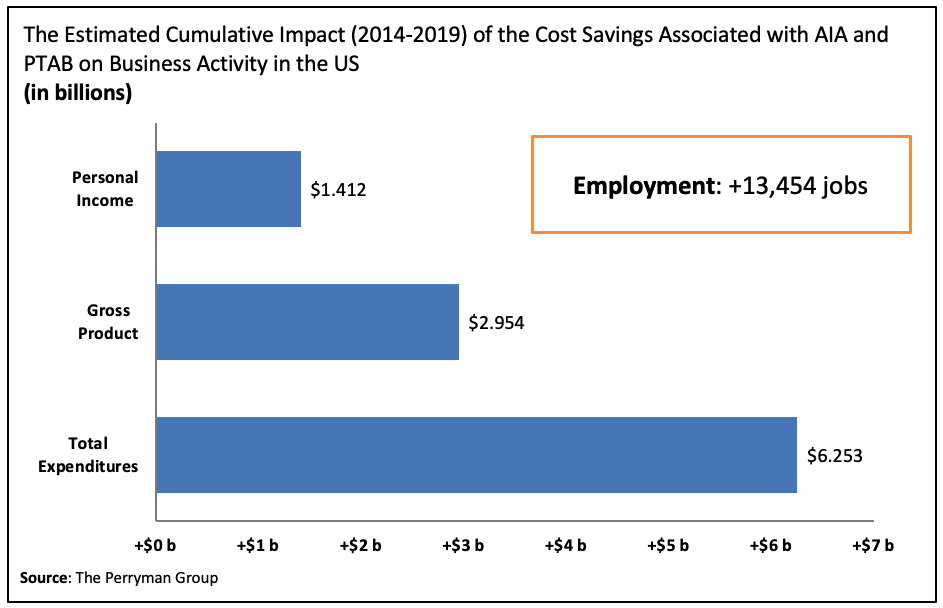Following on Unified’s previous study, the PTAB continues their steady uptick in procedural denials under § 314 through the first half of 2020, and on procedural, non-merits-based denials in general. These § 314 denials have tied 2019’s annual total—and total denials are just 13 denials shy of 2018’s total, with just half the year reported. Projections show procedural denials will most likely greatly exceed those in 2019 by the end of Q3. Most significantly, though, the General Plastic/NHK framework is being used to procedurally deny petitions more than ever—projecting more than double the number of denials in 2019, they are set to make up roughly 30% of all denials this calendar year.
Thus far, 2020 has seen seventy-five § 314(a) denials, which accounts for roughly 30% of the all denials to date (268). This already ties the previous year total, which only saw 75 § 314(a) discretionary denials total. 2018 saw 45, while 2017 and 2016 saw 15 and 5, respectively.
Indeed, § 314(a) now accounts for the majority of procedural denials (including denials under § 325 and those related to joinder). The ratio of § 314(a) procedural denials has grown this year, as you can see below. 2019 saw 49% of all procedural denials be § 314(a) (75 out of 154); in 2020, more than 74% of procedural denials have been under § 314(a) (75 out of 102). This means that the PTAB is expected to issue 162 § 314(a) denials by the end of the year, a 116% increase from last year.
This is a dramatic increase over the life of the Board, where it has denied institution on 7.0% of all petitions to date for purely procedural reasons—including denials of joinder, § 314, § 325, and other requirements. This is an increase of the previous study, based on the rapid rise of the use of such denials over the past six months.
Of all denials to date, roughly a quarter have not been on the merits; indeed, in total 7.0% of all denials have been over § 314(a) (nearly all from the past two years); and 5.7% have been over § 325(d). Note that § 314(a) denials have exploded since 2018, particularly as a percentage of the (falling) filing numbers and institution rates. Both have increased since the last study.
Parallel District Court Cases Affected by Denials: Early Numbers
When looking at the petitioners that are denied on 314(a) with related parallel district court litigation, the California Northern District Court comprises 45% of the cases related to denials, with 208 cases being cited. (It should be noted that often with denials multiple cases are cited for the denial, and these numbers don’t yet distinguish between “multiple petition” denials under General Plastic, “parallel petition” denials under the July 2019 Trial Practice Guide Update, or “trial date” denials under NHK Spring and Aptiv. A large number of these suits are related to sprawling ongoing litigations, like the yearslong Finjan or Rovi v. Comcast disputes.) These numbers encompass the Board’s entire history, and are a lagging indicator of where cases were being filed years ago.
The Texas Eastern District has 80 cases cited, comprising 17% of all 314(a) denials. The Delaware District Court had 67 cases cited, comprising 15% of all 314(a) denials. The Texas Western District Court has seen 1 case cited in 2019, and this year that number has risen to 4, accounting for 1% of all 314(a) denials to date; as that docket balloons to more than 20% of the US patent docket, that number is set to rise dramatically.
Looking at the jurisdictions breakdown of § 314(a) denials, the venues as a whole average around 457 days. The top five range from 812 days (California Southern) to 435 days (Florida Southern). Interestingly, Texas Western is below the average by only 5 days, 452 respectively.
Note that many of the cases denied under § 314(a) due to the advanced stages of a district court proceeding are litigations that were filed more than a two years ago, which is the average time of a district court in the United States to get to trial, suggesting this breakdown is a lagging indicator of where trials were filed more than two years ago. Given that the Western District of Texas has recently adopted aggressive local rules establishing early aspirational trial dates and the docket has ballooned, we have begun to see the Western District of Texas account for more cases related to denials under § 314(a). Of the recent denials of the past few months, nearly all have been due to trial dates in either the Eastern or Western Districts of Texas.
Copyright © 2020, Unified Patents, LLC. All rights reserved.

















